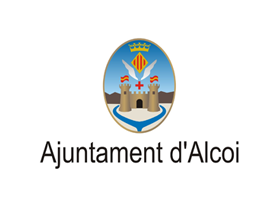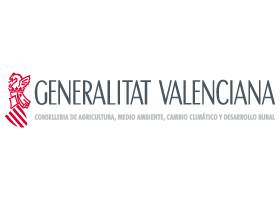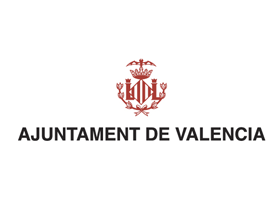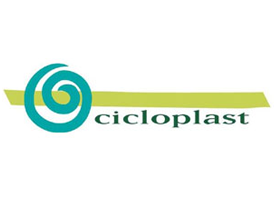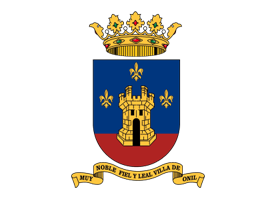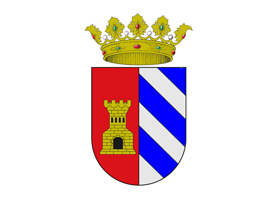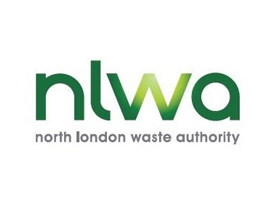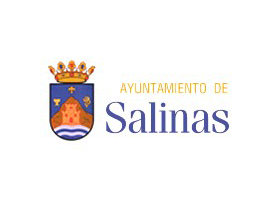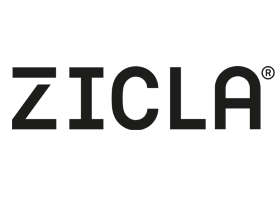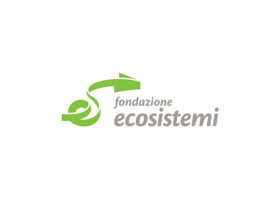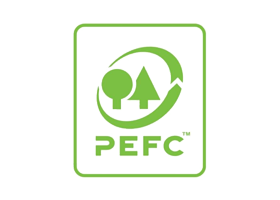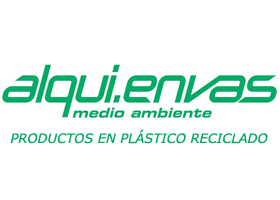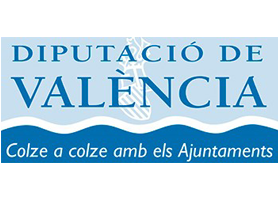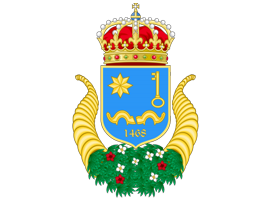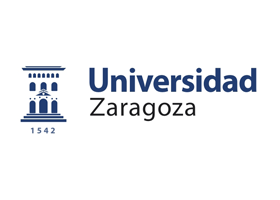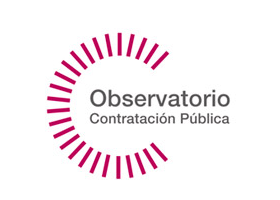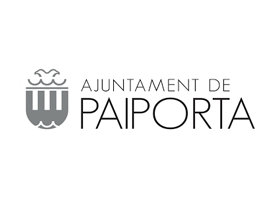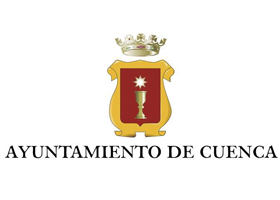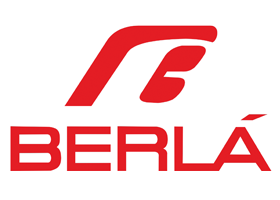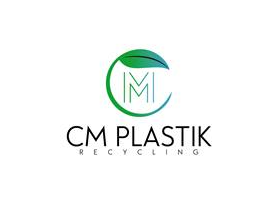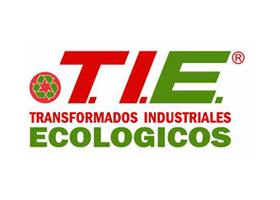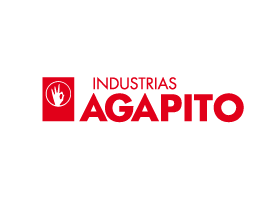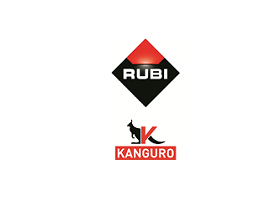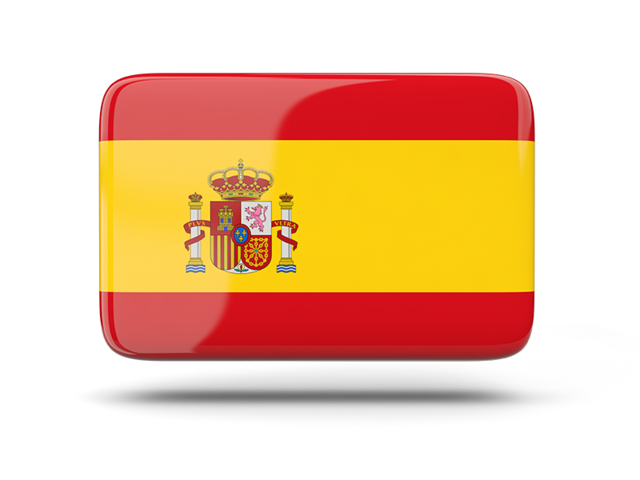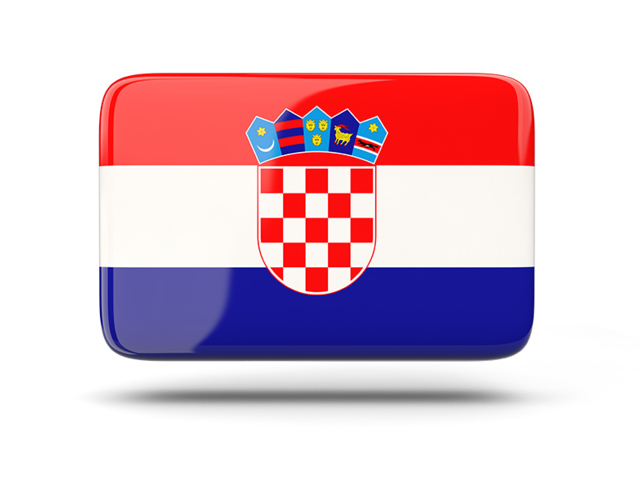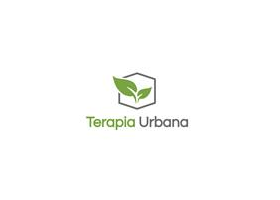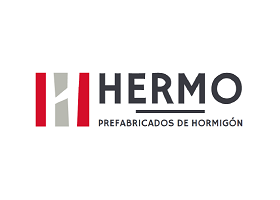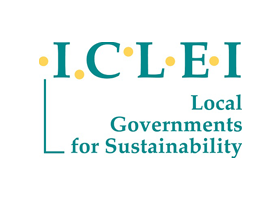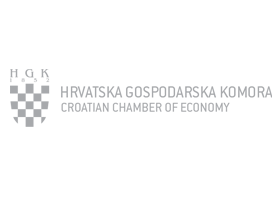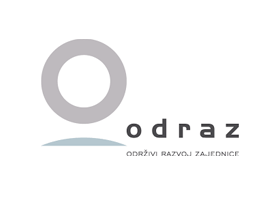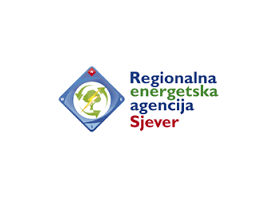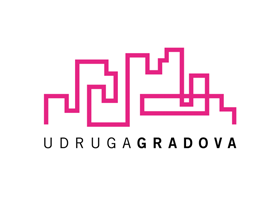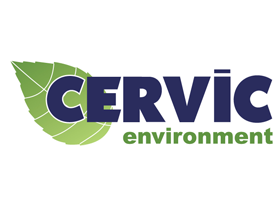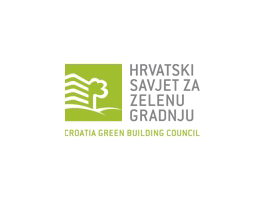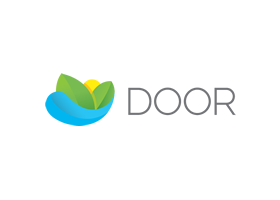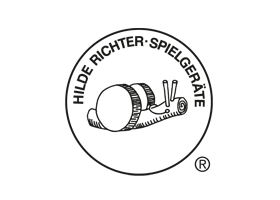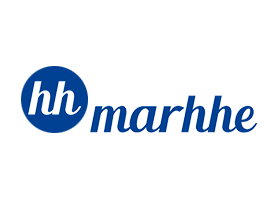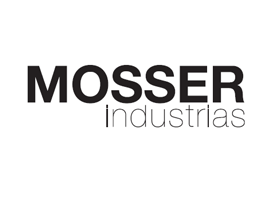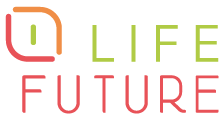In this section, you can access to the latest technical information related to the FUTURE project topic.
Packaging waste © airborne77_Fotalia
The trend is positive. Overall, more packaging was recycled by the dual systems in 2023 compared to the previous year. This was announced by the German Environment Agency (UBA) and the Central Agency Packaging Register (ZSVR) at a joint press conference on 21 January 2025. The German waste management industry collects, sorts and recycles large quantities of packaging waste from private households, more than 5.5 million tonnes in total. This enables valuable raw materials to be recovered. According to the two authorities, strict waste separation is the key prerequisite for further expanding recycling.
The targets for statutory recycling rates have increased significantly since 2018. The dual systems have achieved five out of eight recycling quotas, in some cases even exceeding them. These include ferrous metals, aluminium, paper, cardboard and plastics. There are two quotas for plastics: one that shows purely mechanical recycling and a second for which both recycling and energy generation are taken into account.
The proportion of plastic packaging recycled from 2018 to 2023 rose from 42.1 to 68.9 per cent.
“This development is particularly pleasing,” declares Gunda Rachut, Chair of the ZSVR. “This is a major endeavour by the German waste management industry and shows that it is working on the necessary improvements in a forward-looking and efficient manner.”
The quota for glass packaging was missed by 6.9 percentage points; too much used glass ends up in residual waste and not in the glass recycling container. The recycling rate for beverage carton packaging was 8.7 percentage points below the required quota. Nevertheless, glass and beverage cartons have higher rates than in 2022.
“Almost 100 per cent of the glass collected is recycled into container glass. This makes it all the more tragic that too much glass still ends up in residual waste. We appeal to everyone involved – recycling systems, local authorities, retailers and consumers – to give glass packaging a chance in the economic cycle,” urges Gunda Rachut.
The ZSVR continues to be concerned about other composite packaging. This type of packaging, which is difficult to recycle, once again fell well short of the quota. The shortfall was actually 7.9 percentage points higher than in the previous year. Producer responsibility is not yet being sufficiently implemented here, and those involved are not making enough effort to ensure the necessary recycling capacities.
The biggest challenges in recycling are incorrect pre-sorting and waste separation by consumers. In addition, according to the recycling schemes, the quality of the collection mix has deteriorated significantly in some cases as a result of incorrect waste disposal. A lot of waste ends up in the wrong collection containers. This leads to increased sorting and recycling efforts, rising costs and also results in a reduction in the quantities of materials sorted by type that are ultimately available for high-quality recycling.
Better separation, better recycling “Packaging recycling needs all of us, because it won’t work without consistent waste separation by consumers,” says Dr Bettina Rechenberg, Head of the Circular Economy Department at the UBA?. “Only if waste is disposed of in the right bin at home can the materials it contains be easily recovered. This conserves resources and also protects the ? climate.“
In general, Germany is performing well: The recycling of packaging from private households already saves around 2 million tonnes of CO2 per year, and according to a from 2022, this could even be 2.55 million tonnes by 2030. Unfortunately, according to the UBA, 20 to 40 per cent of residual waste is often placed in the yellow bin or yellow bag. This makes recycling considerably more difficult. At the same time, consumers dispose of a lot of easily recyclable packaging in residual waste. This means it is lost for recycling.
Waste management companies have reported to the UBA that collection quality is now better in other EU countries.
“For a long time, the Germans were considered the world champions of waste separation. We should reclaim this title. There is still room for improvement, especially when it comes to the separate collection of used glass,” says Rechenberg. “This can only be achieved as a team effort. If everyone cooperates, I am optimistic that we can do even better.”
The German economy, which relies on recycled raw materials, also benefits from better waste separation. From 2030, all packaging must be recyclable and companies must use certain minimum proportions of recovered secondary raw materials (recyclates?) in their packaging due to new EU regulations. This is intended to make packaging more environmentally friendly.
Initiative provides information on waste separation Consumers can find helpful tips and explanations on waste separation on the website . As a rule of thumb, the UBA recommends: All empty glass packaging belongs in the used glass container, sorted by colour. It is fine to put unusual colours such as blue or red in the green glass container. Empty paper or cardboard packaging should be put in the waste paper collection. This can include, for example, shipping boxes, empty pizza boxes and cardboard boxes for biscuits. Consumers can put all packaging that does not belong in the waste glass or waste paper bin into the yellow bin or yellow bag and, in some areas, the recycling bin once the contents have been removed. They do not need to be rinsed out, but they should be emptied beforehand and not stacked inside each other.

» Author: Marion Kupfer
» Publication Date: 29/01/2025
» More Information
« Go to Technological Watch
